Nearly five years ago, the City of San Rafael, the County of Marin, and local homeless service providers joined forces to launch a pilot program called the Homeless Outreach Team (HOT), which has since been named a statewide best practice by the League of California Cities.
HOT emerged out of a need to address unsheltered homelessness in Downtown San Rafael. At that time we had the insight that a relatively small percentage of the overall homeless community, people experiencing chronic homelessness, were generating the vast majority of our challenges associated with homelessness overall – public intoxication, loitering, trash, and other disruptive behavior. Simultaneously, these were also some of the most vulnerable people in the community, with some people having been homeless in Marin County for 10, 20, even 30 years.
From March of 2016 through September of 2017, the HOT collaborative helped house 23 of the most visible, hardest-to-serve chronically homeless people in our community. On October 1, 2017, this chronic homeless focus became our countywide strategy, and since then we have housed over 300 of the most vulnerable people, chronically homeless people in Marin County (checkout this video about the effort).
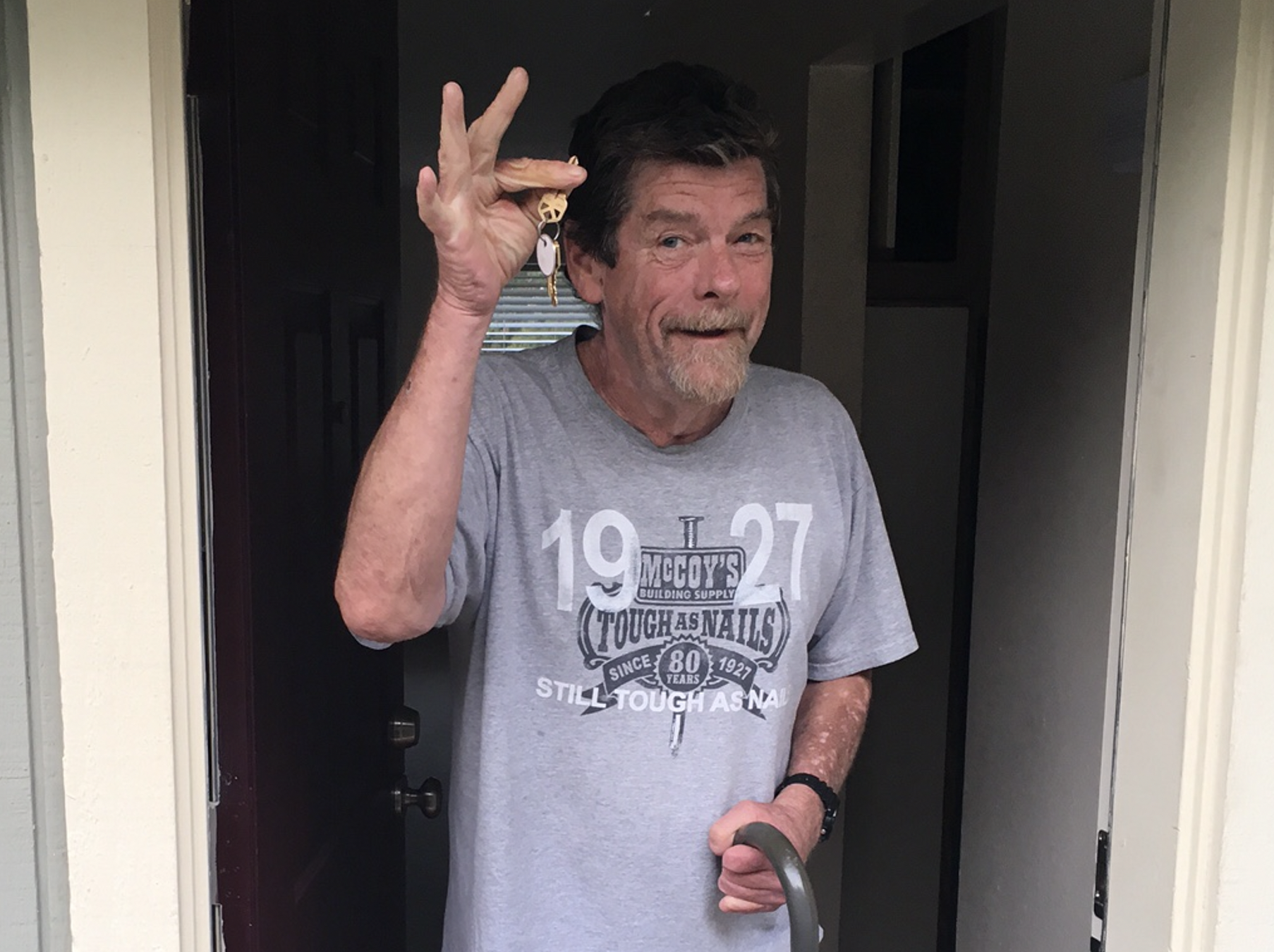
Man housed through the HOT program
Despite all of this progress, despite being one of the only communities in California that is measurably reducing long-term homelessness, moving into the second half of 2020 and now the start of 2021, unsheltered homelessness has yet again emerged as a top community concern, this time in the form of encampments.
What Is an Encampment?
This might sound like a rhetorical question, but truly, what is a homeless encampment? We tend to instinctively know one when we see it, but what exactly is “it” that we’re seeing?
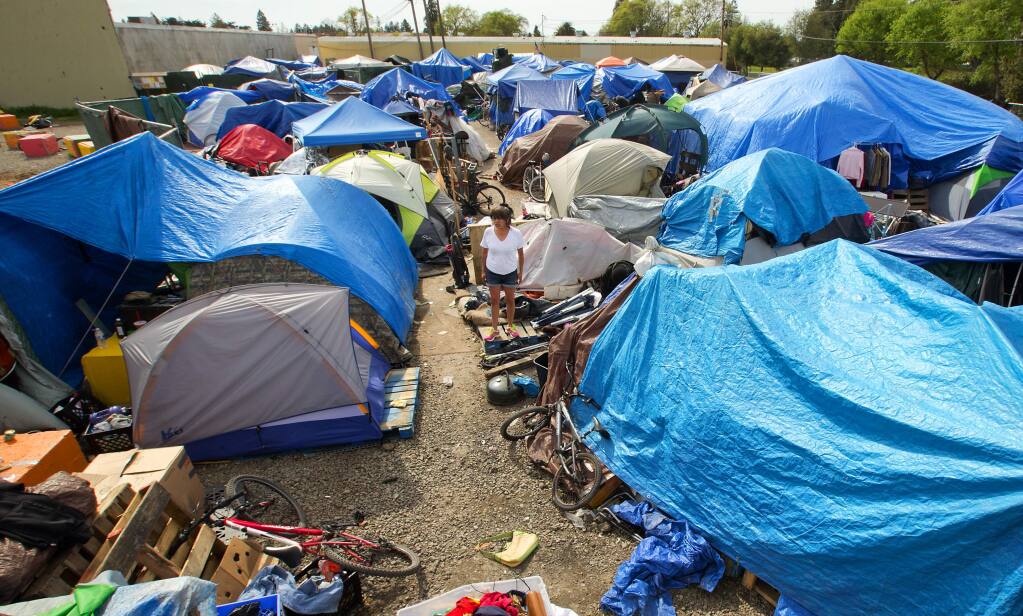
A large encampment behind a business in Sonoma County (photo courtesy of Press Democrat)
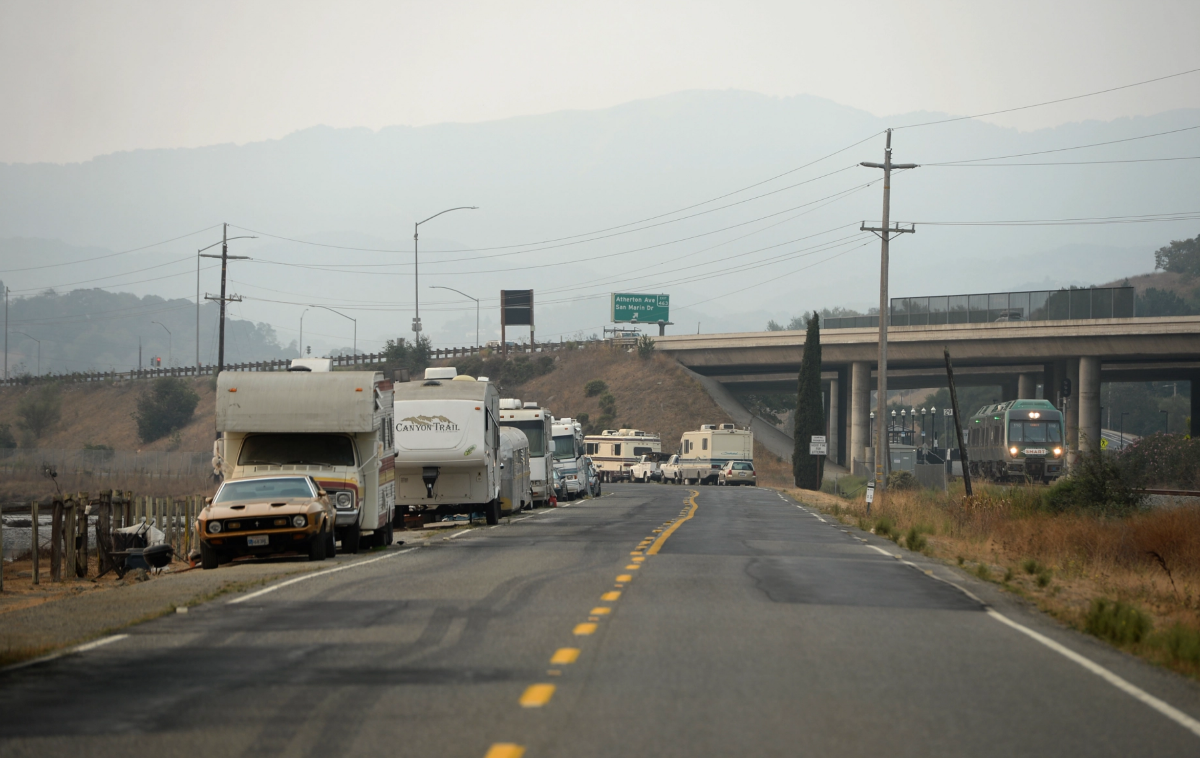
A vehicle encampment in unincorporated Novato (photo courtesy of Marin IJ)
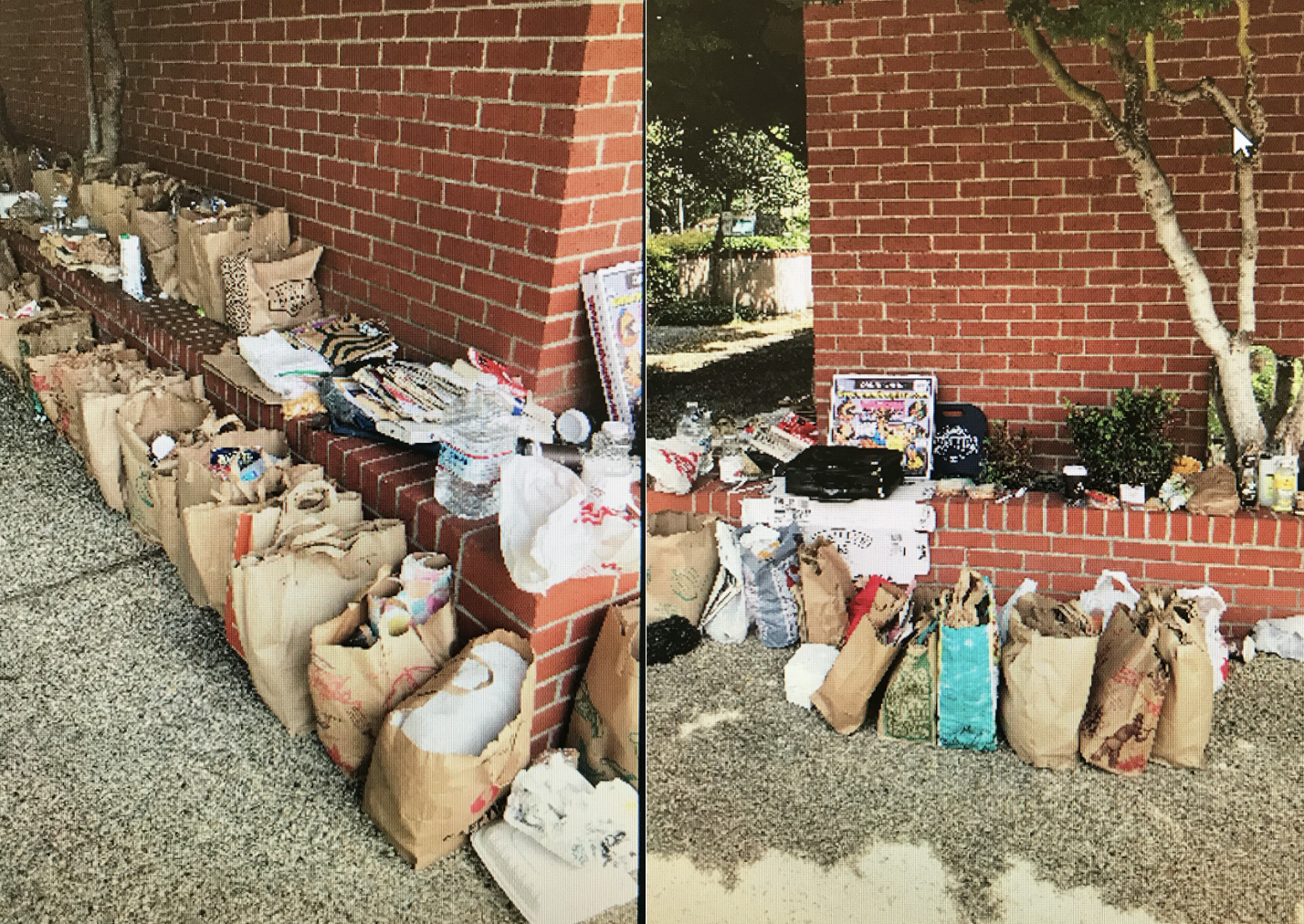
An encampment at San Rafael’s City Hall occupied by just two people
According to the federal Department of Housing and Urban Development, encampments have connotations of both impermanence and continuity.
They …
- May be a core group of people who are known to one another and who move together to different locations when necessary
- May be a changing group of people who cycle in and out of a single location
- May be comprised of tents or lean-to shacks built with scavenged materials
- May be people living in groups of cars, RVs, or other vehicles
During Marin’s most recent point-in-time census of the homeless community (January 2019), community volunteers identified 708 people experiencing unsheltered homelessness. Does that mean that all 708 people were in encampments? Not even close.

The location breakdown of Marin’s homeless community during the last point-in-time census
There are hundreds of people who are homeless in Marin, who sleep on the street and use a structure for protection at night, but who are also able to have a minimal impact and move on in the morning. Only a small minority live in large, persistent encampments.
Similarly, there are hundreds of people who are homeless in Marin and sleeping in vehicles but, by and large, fly completely under the radar. Only a handful congregate into multi-vehicle encampments.
Thus, it would seem that encampments, like chronic homelessness to homelessness overall, make up a small minority of the overall unsheltered community, yet they have a highly disproportionate impact.
Responding to Unsheltered Homelessness
Like Marin, all across California, communities on average are currently only able to provide emergency shelter for approximately 30% of the people who need it. As with all things homelessness, communities must walk a fine line between compassionately managing the unsheltered crisis while also investing in long-term solutions and protecting public safety.
Over the last five years, San Rafael has done more than its share to compassionately respond to the unsheltered crisis. San Rafael has hired dedicated program and policy staff, fast tracked residential occupancy for a temporary shelter at 3301 Kerner, contributed over $2 million of our very limited housing funding to support the creation and/or rehabilitation of nearly 200 affordable housing units (including nearly 70 permanent supportive housing units), is supporting a 16-bed adult transitional residential treatment program in San Rafael addressing a gap in the safety net for people with serious mental illness and co-occurring substance use disorders, and has collaborated with the County, other jurisdictions, and local providers to envision and implement a variety of creative programs and initiatives.
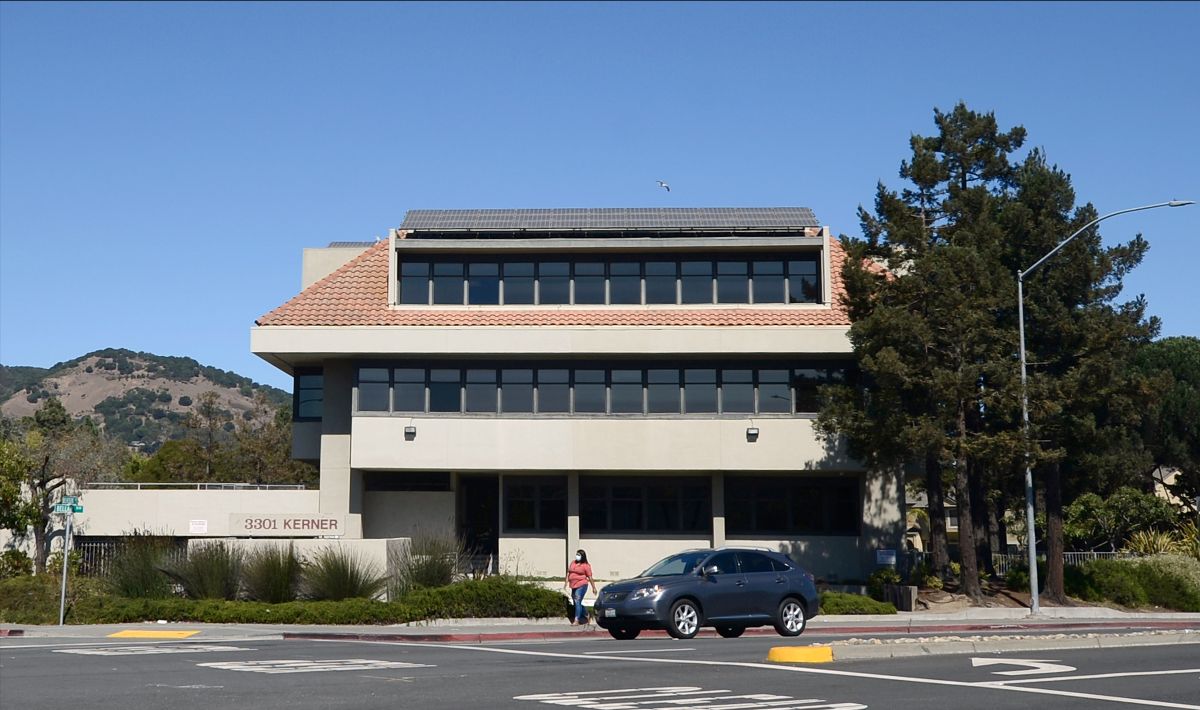
In November of 2019, the City of San Rafael contributed over $1.3 million to support the purchase of 3301 Kerner for 44 units ofpermanent supportive housing. (photo courtesy of Marin IJ)
All of this investment has been balanced with a commitment to public safety, especially around encampments. This has been based on four factors.
#1 Fire Safety
The City is extremely concerned about encampments in fire prone areas. Following catastrophic fires in the Bay Area over the last few years, in 2019 Marin County voters approved Measure C in order to create the Marin Wildfire Prevention Authority (MWPA). Every single year fires have originated in encampments in San Rafael, and the City of San Rafael has utilized funding from the MWPA to bring on a full-time open space ranger to prevent the spread of encampments in park and open space areas, especially during the fire season.
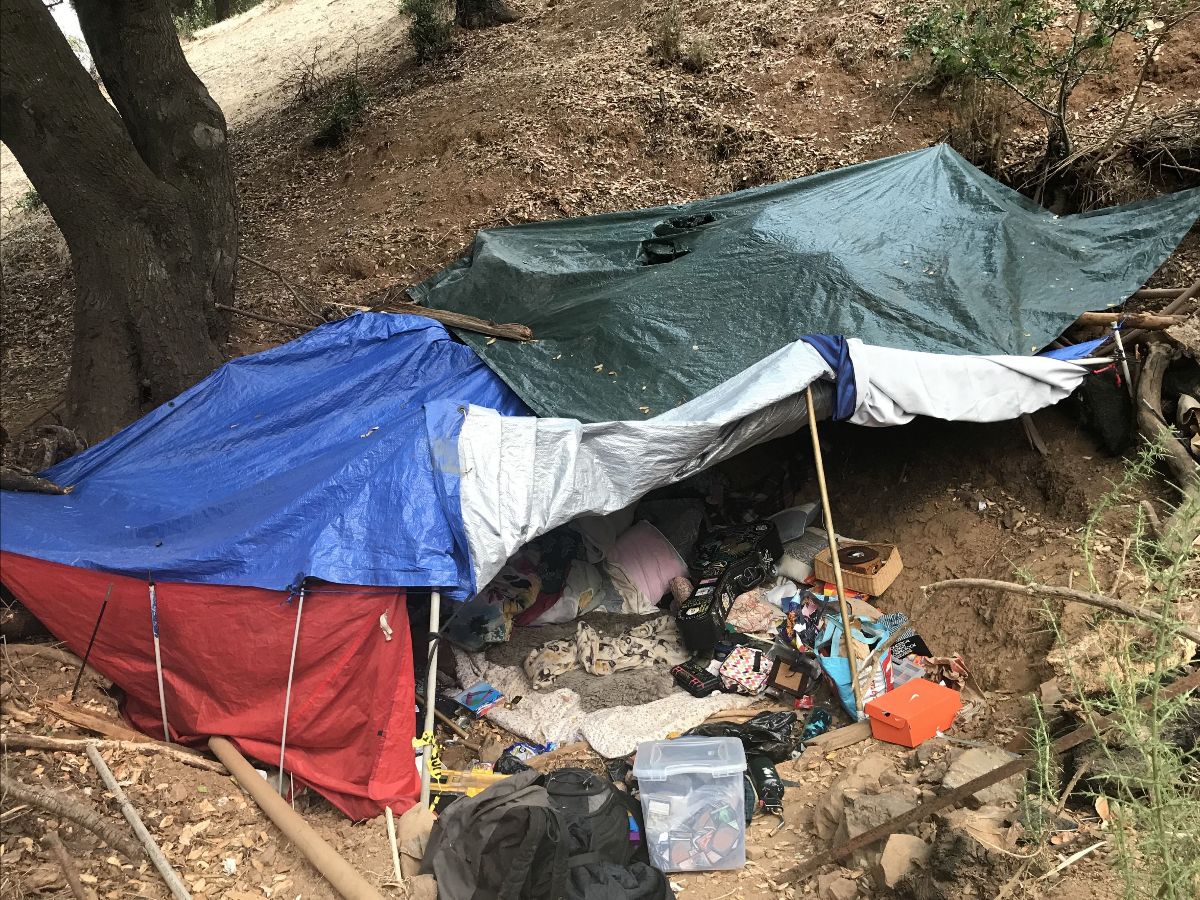
An encampment that was removed from San Rafael Hill (note the blow torch in front of the entrance).
#2 Public Health
Public health, both inside of the encampments and for the community at large, is also a major consideration. Since the COVID-19 pandemic began, the City of San Rafael has partnered Marin County’s Department of Health and Human Services (HHS) to provide personal protective equipment (PPE), hygiene kits, handwashing stations and porta-potties to people who are experiencing homelessness. The City has done regular outreach to encampments to try to engage people with services, including medical, public benefits and getting on a path to housing. Last week specifically, an outreach team from the City of San Rafael and HHS Public Health went into two encampments to do COVID-19 testing.
We encourage everyone living in our community, both housed and not housed, to continue to follow the CDC guidelines to prevent the spread of COVID-19.
#3 Criminal Activity
Over the last decade, I have worked in encampments all across the Bay Area, from the South Bay, the Peninsula, the East Bay to here in Marin. I also had the opportunity to work on a team to provide outreach in, at-the-time, the largest encampment in the entire country – “The Jungle” in San Jose.
In my experience, people living in encampments are more likely to be the victims of crime than the perpetrators – violent assault, sexual assault, robbery, drug dealing. However, as encampments grow, they can also begin to harbor criminal elements, as is often evidenced by piles of chopped down bicycle parts.
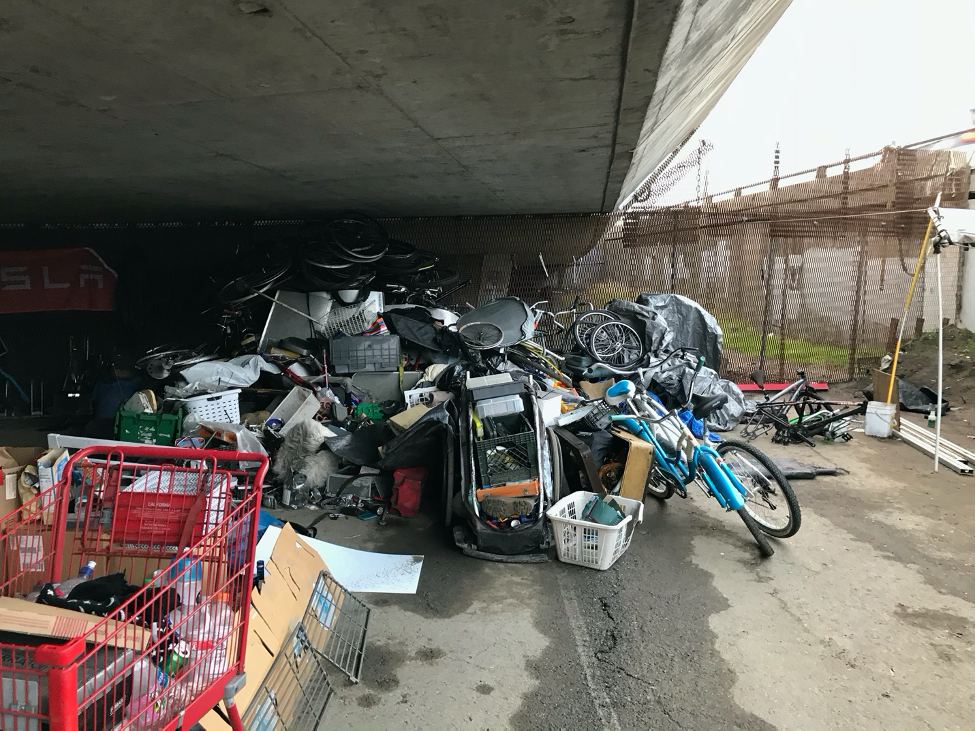
Chopped down bike parts are one of the most common and troubling features of some encampments. Please remember to register your bike. One of the biggest challenges to prosecuting bike theft is an inability to certify ownership.
#4 Normalizing
While encampments can pose a significant public safety risk, from a social service perspective, at-times encampments can actually make it harder to help people end their homelessness.
For the vast majority of people who experience homelessness, it is a one-time, brief experience lasting a few short weeks or months. However, if people are not able to quickly resolve their homelessness, then they can begin to adapt to living on the street, thus beginning a spiral towards “survival” mode. When caught in survival mode, it is easy to begin to normalize an otherwise abnormal experience (e.g. living in substandard conditions in an encampment), and this change in mindset can become one of the biggest barriers to regaining housing.
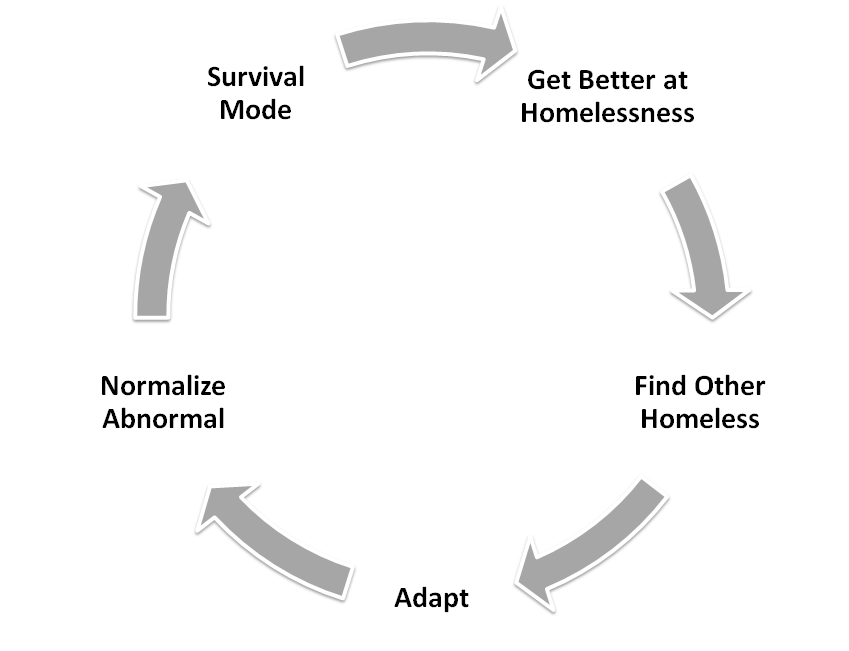
Partnering with Other Agencies
In trying to manage and ultimately end homelessness, one of the biggest challenges (and community frustrations) is that it requires intense, cross-jurisdictional and cross-agency collaboration.
In light of COVID-19, the Centers for Disease Control and Prevention (CDC) has issued guidance to communities across the country to not break up homeless encampments in order to prevent the spread of the virus.
Different agencies are implementing this guidance in different ways, and since last summer the City has been working with the County of Marin, Caltrans, and our State elected leaders to navigate this new environment. Encampments are a top priority for the City of San Rafael, and we sincerely appreciate the community’s support and patience as we continue to find ways to end homelessness.

